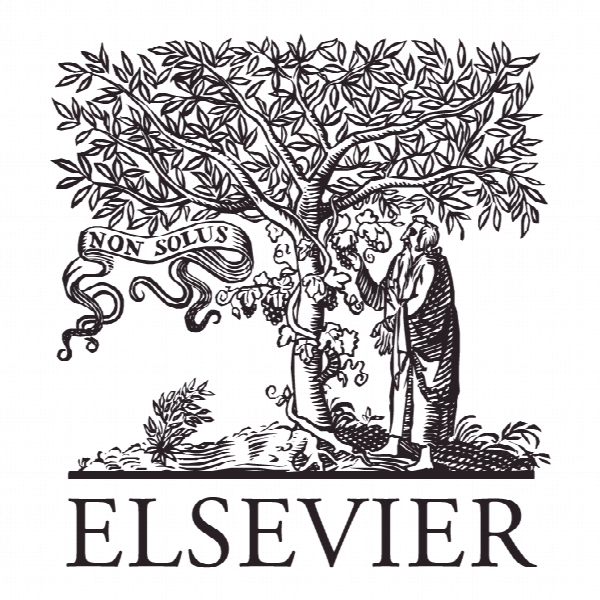پیش بینی شاخص سهام در بازار روزانه: یک رویکرد شبکه بیزی Forecasting stock market index daily direction: A Bayesian Network approach
- نوع فایل : کتاب
- زبان : انگلیسی
- ناشر : Elsevier
- چاپ و سال / کشور: 2018
توضیحات
رشته های مرتبط مهندسی کامپیوتر، فناوری اطلاعات
گرایش های مرتبط هوش مصنوعی، شبکه های کامپیوتری
مجله سیستم های کارشناس با نرم افزار – Expert Systems With Applications
دانشگاه University of S˜ao Paulo – S˜ao Paulo – Brazil
شناسه دیجیتال – doi https://doi.org/10.1016/j.eswa.2018.03.039
منتشر شده در نشریه الزویر
کلمات کلیدی انگلیسی Stock direction prediction, Bayesian networks, Machine learning, Applied Artificial Intelligence
گرایش های مرتبط هوش مصنوعی، شبکه های کامپیوتری
مجله سیستم های کارشناس با نرم افزار – Expert Systems With Applications
دانشگاه University of S˜ao Paulo – S˜ao Paulo – Brazil
شناسه دیجیتال – doi https://doi.org/10.1016/j.eswa.2018.03.039
منتشر شده در نشریه الزویر
کلمات کلیدی انگلیسی Stock direction prediction, Bayesian networks, Machine learning, Applied Artificial Intelligence
Description
1. Introduction Every day, stocks are negotiated in stock markets, where investors decide whether to buy or sell shares of negotiated assets. As a way to measure the relative value of a determined group of stocks, be they all stocks in the market or only a portion of them, market indices are created (Lee & Lee, 2006). As the value of the stocks in this group changes over time, so does its corresponding index. Within this scenario, the ability to predict the closing direction of some stock market index allows investors to devise strategies for trading the stocks comprising that index, thereby increasing their potential for future profit. In this research, we take an index closing direction to be the direction of the change in the index closing value at a specific day, when compared to its closing value in the day before. Hence, we take the direction to be positive (or high) if the index’s closing value in the day before was lower than (or the same as) its current value, indicating that the stocks that build up the index have increased their average closing price. Similarly, a negative (or low) direction would imply a previous closing value higher than the current one, signalling some average loss in the index stock prices. To date, there is a good number of computational strategies applied to both closing direction and value prediction of stocks and indices. These include the use of Artificial Neural Networks (e.g. Guresen et al. (2011)), Fuzzy Systems (e.g. Huarng & Yu (2005)), Support Vector Machines (e.g. Yeh et al. (2011)) and Decision Trees (e.g. Nair et al. (2010)), amongst others. In addition to the use of a specific machine learning technique, current approaches also include models that mix one or more of these techniques with sets of more classical technical indicators (e.g. Ticknor (2013); Patel et al. (2015)), such as Moving Average and Relative Strength Index, for example. Despite the broad coverage in the use of different machine learning techniques, it is noticeable the scarceness of studies reporting the application of Bayesian Networks in stock market prediction (e.g. Zuo & Kita (2012b,a)), even though this approach has already been applied to the modelling of portfolio returns (e.g. Shenoy & Shenoy (1999)) and for bankruptcy prediction (e.g. Sun & Shenoy (2007)). Moreover, there seems to be a preference, amongst those relying on machine learning approaches, for using training data only from the stock market about which predictions are to be made (e.g. Hadavandi et al. (2010); Kara et al. (2011)), thereby ignoring influences from outside sources, with only a few examples of studies being carried out across different markets (e.g. Hsieh et al. (2011)).


